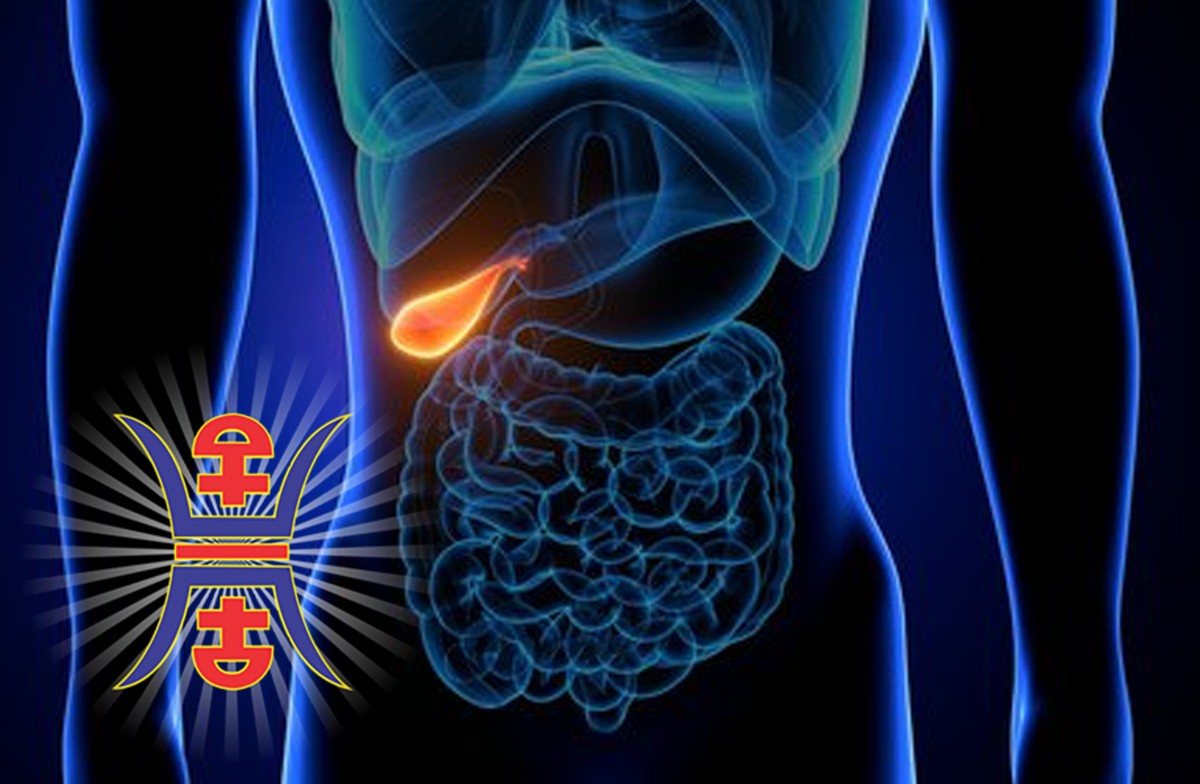Gallstones
Gallstones are hard, solid deposits that form in the gallbladder, a small organ located in the upper right side of the abdomen. The gallbladder is responsible for storing and releasing bile, a digestive fluid produced by the liver that helps to break down fats.
Gallstones can range in size from a grain of sand to a golf ball, and they can be made up of various substances, including cholesterol, bilirubin, and calcium salts. While some people with gallstones may not experience any symptoms, others may experience pain, nausea, and other digestive issues.
Causes: The exact cause of gallstones is not entirely clear, but some factors that may increase the risk of developing gallstones include:
- Genetics and family history
- Obesity or being overweight
- Rapid weight loss
- A diet high in cholesterol and fat
- Lack of physical activity
- Certain medications
- Medical conditions such as liver disease, diabetes, and Crohn's disease
Diagnosis: Gallstones can be diagnosed through various medical tests such as:
- Ultrasound
- CT scan
- MRI
- Blood tests to check for infection or liver function
- HIDA scan
Treatment: In many cases, gallstones may not require treatment if they are not causing any symptoms. However, if they are causing pain or other problems, treatment may be necessary.
- Medications: Sometimes, medications can be used to dissolve small gallstones or to relieve symptoms associated with gallstones.
- Surgery: The most common treatment for gallstones is surgery to remove the gallbladder, called cholecystectomy. This procedure is often done laparoscopically, meaning small incisions are made in the abdomen to remove the gallbladder.
- Endoscopic retrograde cholangiopancreatography (ERCP): This procedure may be used to remove gallstones that have moved into the bile ducts. During the procedure, a small endoscope is inserted through the mouth and into the small intestine to locate the gallstones and remove them.
- Shock wave lithotripsy (SWL): This non-invasive procedure uses shock waves to break up the gallstones, making them easier to pass through the bile ducts.
In Traditional Chinese Medicine (TCM), gallstones are understood as a disharmony between the liver and the gallbladder, as well as a result of the accumulation of dampness, heat, and stagnation in the body.
Causes: The causes of gallstones in TCM may include a poor diet, emotional stress, overwork, and stagnant energy in the liver and gallbladder meridians.
Diagnosis: TCM diagnosis of gallstones involves a thorough examination of the individual's medical history, symptoms, and physical examination, including the tongue, pulse, and other physical features.
Common TCM patterns associated with gallstones include liver Qi stagnation, damp heat in the liver and gallbladder, and phlegm dampness obstructing the bile ducts. These patterns are identified by specific symptoms such as pain in the right upper quadrant of the abdomen, digestive problems, yellowing of the skin and eyes, and a bitter taste in the mouth.
Treatment: TCM treatment for gallstones typically involves a combination of acupuncture, herbal medicine, and dietary and lifestyle modifications. The goal is to restore balance to the body's internal systems, reduce inflammation, and promote the smooth flow of Qi and blood.
- Acupuncture: Acupuncture can help to reduce pain and inflammation, as well as promote the smooth flow of Qi and blood in the liver and gallbladder meridians.
- Herbal medicine: Chinese herbal medicine can be used to promote digestion, reduce inflammation, and dissolve gallstones.
- Dietary and lifestyle modifications: TCM practitioners may recommend dietary changes, such as reducing the intake of greasy, fatty foods, and increasing the consumption of fruits and vegetables. Lifestyle modifications such as stress reduction techniques, exercise, and getting enough rest can also be helpful.
It's important to note that while TCM can be a helpful complementary therapy for gallstones, it should not replace conventional medical care. TCM practitioners will often work in conjunction with Western medical practitioners to provide a comprehensive approach to managing gallstone symptoms.
Patients with gallstones should aim to eat a healthy, balanced diet that includes a variety of nutrient-dense foods. Here are some foods that may be beneficial for individuals with gallstones:
- Fiber-rich foods: Eating foods that are high in fiber, such as fruits, vegetables, and whole grains, can help to prevent constipation and promote healthy digestion.
- Lean proteins: Choose lean proteins, such as chicken, turkey, fish, and beans, instead of fatty meats to reduce the strain on the gallbladder.
- Healthy fats: Include healthy fats, such as olive oil, avocados, and nuts, in your diet in moderation.
- Low-fat dairy: Choose low-fat or fat-free dairy products, such as skim milk and low-fat yogurt, instead of high-fat dairy products.
- Plenty of fluids: Drinking plenty of fluids, such as water and herbal teas, can help to prevent dehydration and promote healthy digestion.
- Foods rich in vitamin C: Eating foods that are high in vitamin C, such as citrus fruits, berries, and leafy greens, may help to prevent the formation of gallstones.
- Herbal remedies: Some herbal remedies, such as dandelion root and milk thistle, may be beneficial for individuals with gallstones. However, it's important to talk to a healthcare provider or a licensed herbalist before taking any herbal supplements.
In Person With Heshoutang Natural Health Members
With Heshoutang Natural Health Online Members
Fill Out the Questionnaire by yourself
Patients with gallstones may want to avoid or limit certain foods that can trigger symptoms or make them worse. Here are some foods to avoid or limit if you have gallstones:
- Fried foods: Foods that are fried or cooked in oil, such as French fries, fried chicken, and doughnuts, can be high in fat and trigger gallbladder symptoms.
- High-fat foods: Foods that are high in fat, such as fatty meats, cheese, and butter, can also trigger gallbladder symptoms. It's important to limit your intake of these foods or choose lower-fat alternatives.
- Spicy foods: Spicy foods, such as chili peppers and hot sauce, can irritate the gallbladder and worsen symptoms.
- Dairy products: High-fat dairy products, such as whole milk and ice cream, can trigger gallbladder symptoms in some people.
- Chocolate: Chocolate contains high levels of fat and can also trigger symptoms in some people.
- Processed foods: Processed foods, such as chips, crackers, and cookies, can be high in fat and should be avoided or limited.
- Alcohol: Drinking alcohol can trigger gallbladder symptoms in some people, so it's important to limit your intake or avoid it altogether.
When you subscribe to the blog, we will send you an e-mail when there are new updates on the site so you wouldn't miss them.














Comments